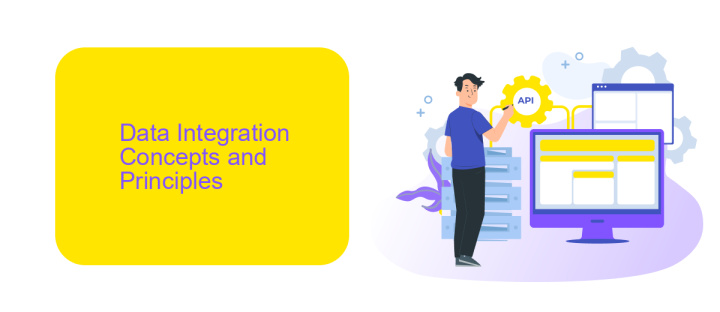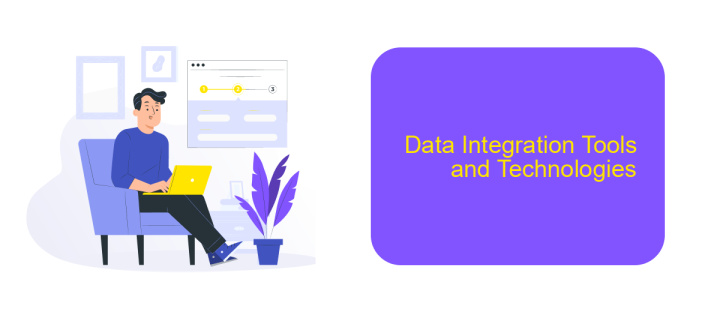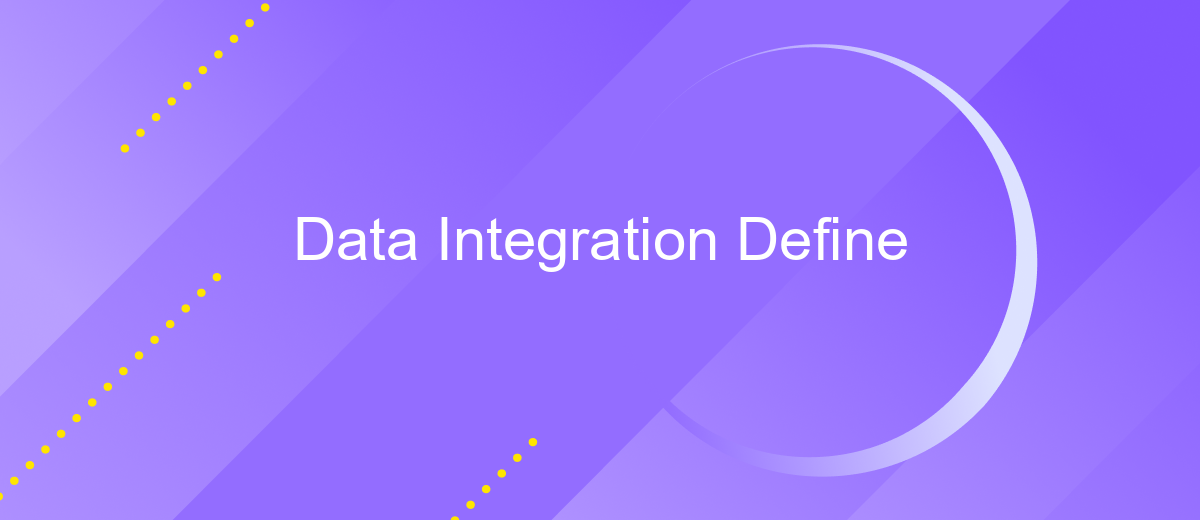Data Integration Define
Data integration is a crucial process in modern data management, enabling the seamless combination of data from different sources into a unified, coherent view. This process enhances data accessibility, consistency, and quality, thereby supporting informed decision-making and operational efficiency. In this article, we will explore the definition, significance, and methodologies of data integration, highlighting its role in driving business intelligence and analytics.
Introduction
Data integration is a crucial process that involves combining data from different sources to provide a unified view. This process is essential for businesses that want to leverage their data to make informed decisions. By integrating data, organizations can improve efficiency, reduce redundancy, and enhance data quality.
- Improved decision-making: Access to a unified dataset allows for better analysis and insights.
- Increased efficiency: Streamlined processes reduce the time and effort required to manage data.
- Enhanced data quality: Integration helps in identifying and resolving inconsistencies.
One effective tool for data integration is ApiX-Drive, a service that simplifies the process of connecting various applications and automating workflows. With ApiX-Drive, businesses can easily set up integrations without the need for extensive technical knowledge, ensuring that data flows seamlessly between systems. This not only saves time but also ensures that data is accurate and up-to-date, facilitating better business outcomes.
Data Integration Concepts and Principles

Data integration involves combining data from different sources to provide a unified view. This process is essential for businesses to gain comprehensive insights and make informed decisions. Key concepts include data warehousing, ETL (Extract, Transform, Load), and data lakes. Data warehousing involves storing data from multiple sources in a central repository. ETL processes are used to extract data from various sources, transform it into a suitable format, and load it into a data warehouse or other storage systems. Data lakes, on the other hand, store raw data in its native format until needed for analysis.
Effective data integration requires adherence to several principles. Data quality and consistency are paramount, ensuring that integrated data is accurate and reliable. Scalability is also crucial, as the integration solution must handle growing data volumes. Automation tools like ApiX-Drive can streamline the integration process by connecting various applications and automating data flows. This reduces manual effort and minimizes errors, allowing businesses to focus on deriving value from their integrated data. In summary, understanding and implementing these concepts and principles is vital for successful data integration.
Benefits, Challenges, and Best Practices

Data integration is crucial for businesses looking to streamline operations and make data-driven decisions. It enables seamless communication between disparate systems, ensuring that data is consistent and up-to-date across all platforms.
- Benefits: Enhanced data accuracy, improved decision-making, and operational efficiency.
- Challenges: Data silos, compatibility issues, and security concerns.
- Best Practices: Establish clear goals, use robust integration tools like ApiX-Drive, and ensure continuous monitoring.
By leveraging services like ApiX-Drive, businesses can automate data flows between various applications, reducing manual work and minimizing errors. It’s essential to address challenges proactively and follow best practices to maximize the benefits of data integration.
Data Integration Tools and Technologies

Data integration tools and technologies play a crucial role in ensuring seamless data flow across various systems and applications. These tools help organizations to consolidate data from multiple sources, enabling comprehensive data analysis and informed decision-making.
Modern data integration solutions offer a variety of features to address different business needs, from real-time data synchronization to batch processing. They also provide robust mechanisms for data transformation, ensuring consistency and accuracy across all integrated systems.
- ETL (Extract, Transform, Load) Tools
- Data Integration Platforms
- API Management Solutions
- Cloud-based Integration Services
One notable service in the realm of data integration is ApiX-Drive. This platform allows users to automate workflows by connecting various applications and services without requiring extensive programming skills. ApiX-Drive supports a wide range of integrations, making it easier for businesses to streamline their operations and enhance productivity.


Conclusion
In conclusion, data integration is a critical process that enables organizations to consolidate information from diverse sources, ensuring a seamless flow of data across systems. This integration not only enhances data accuracy and consistency but also drives informed decision-making and operational efficiency. As businesses continue to grow and diversify, the need for robust data integration solutions becomes increasingly paramount.
Utilizing advanced tools like ApiX-Drive can significantly simplify the data integration process. ApiX-Drive provides a user-friendly platform that allows for the seamless connection of various applications and services, automating data transfer and synchronization. By leveraging such tools, organizations can reduce manual intervention, minimize errors, and ensure that their data ecosystem remains cohesive and up-to-date. Embracing effective data integration strategies and technologies is essential for maintaining a competitive edge in today's data-driven world.
FAQ
What is data integration?
Why is data integration important?
What are common challenges in data integration?
How can businesses automate data integration processes?
What is the role of ETL in data integration?
Time is the most valuable resource in today's business realities. By eliminating the routine from work processes, you will get more opportunities to implement the most daring plans and ideas. Choose – you can continue to waste time, money and nerves on inefficient solutions, or you can use ApiX-Drive, automating work processes and achieving results with minimal investment of money, effort and human resources.

